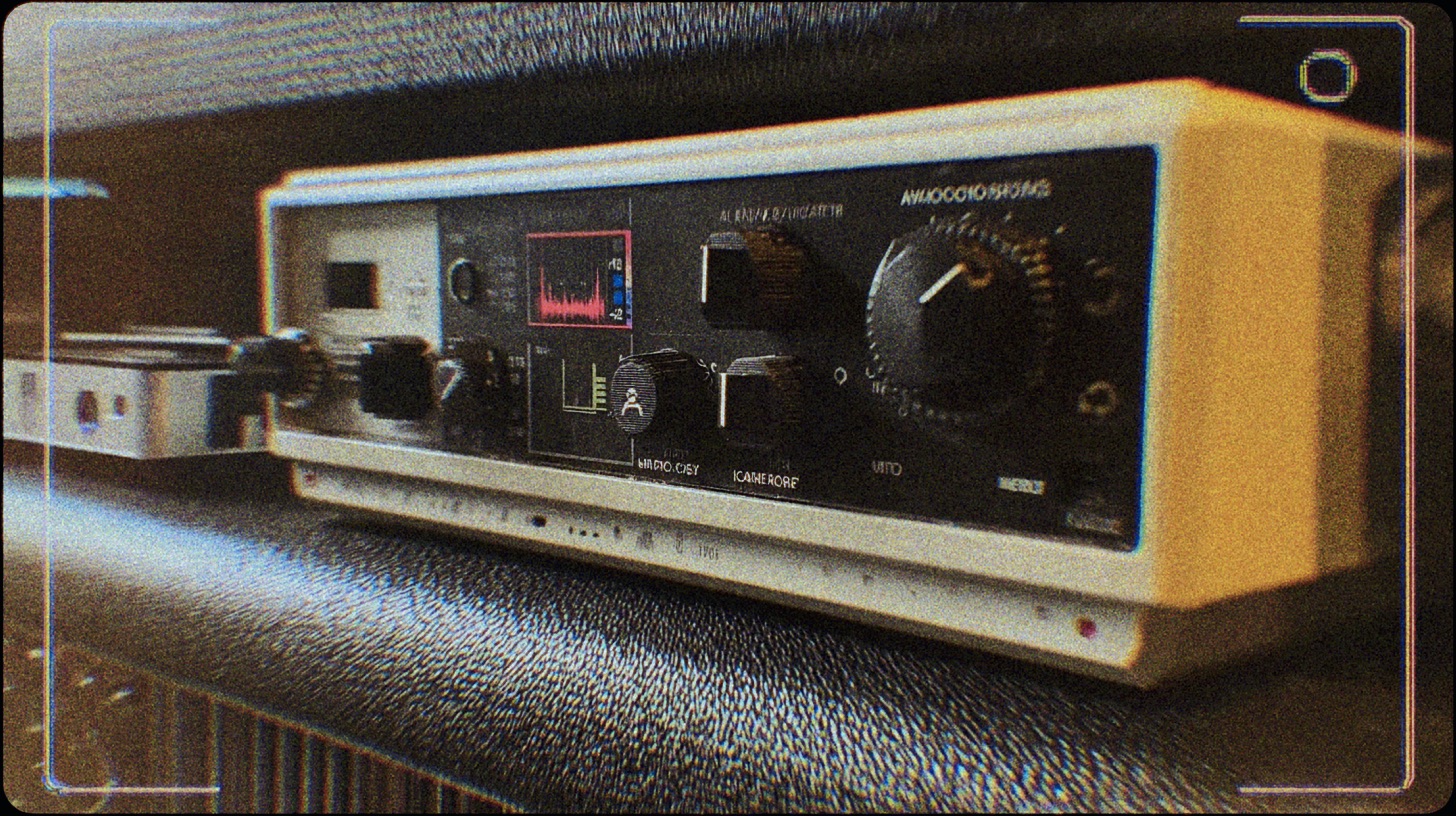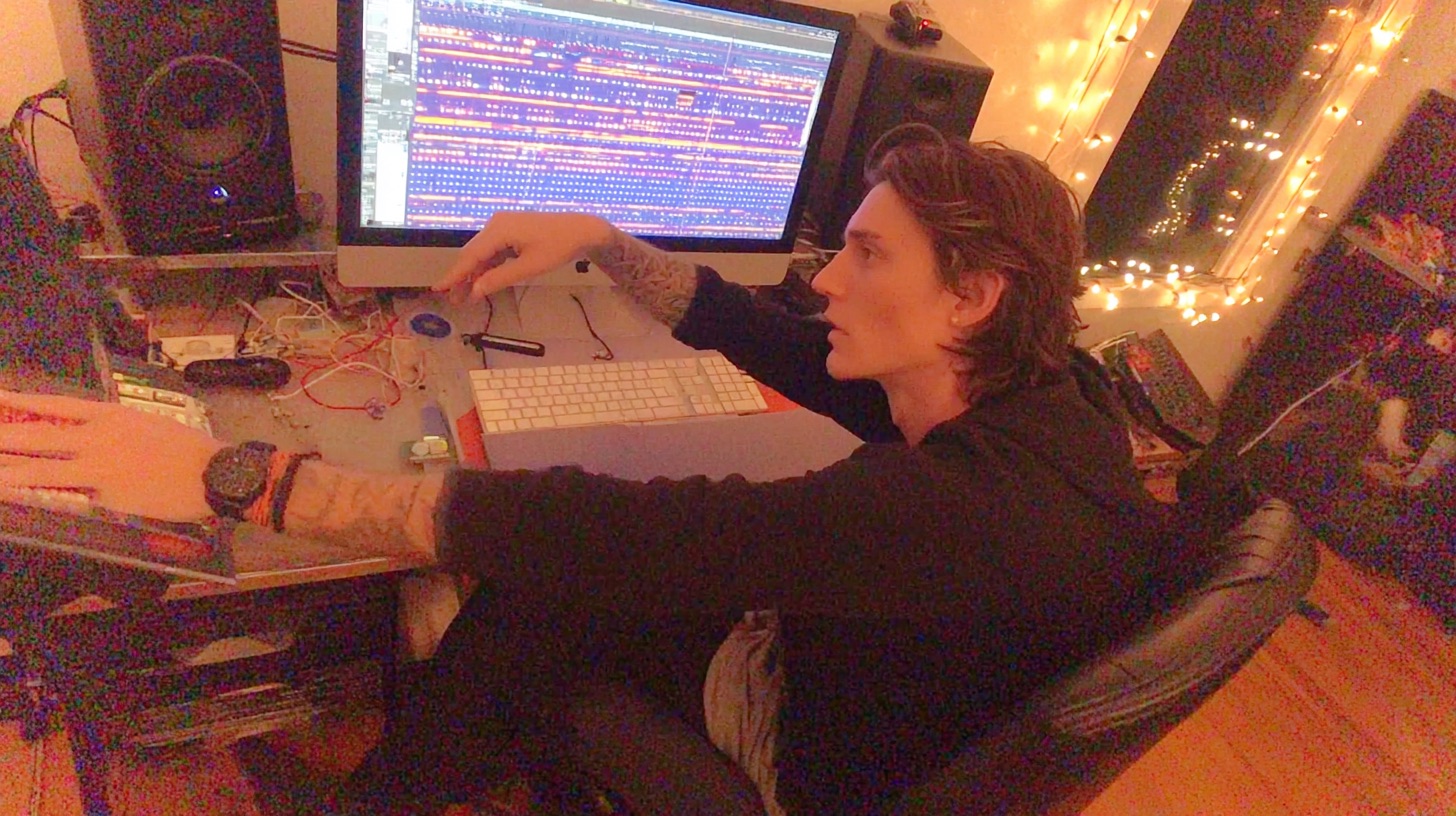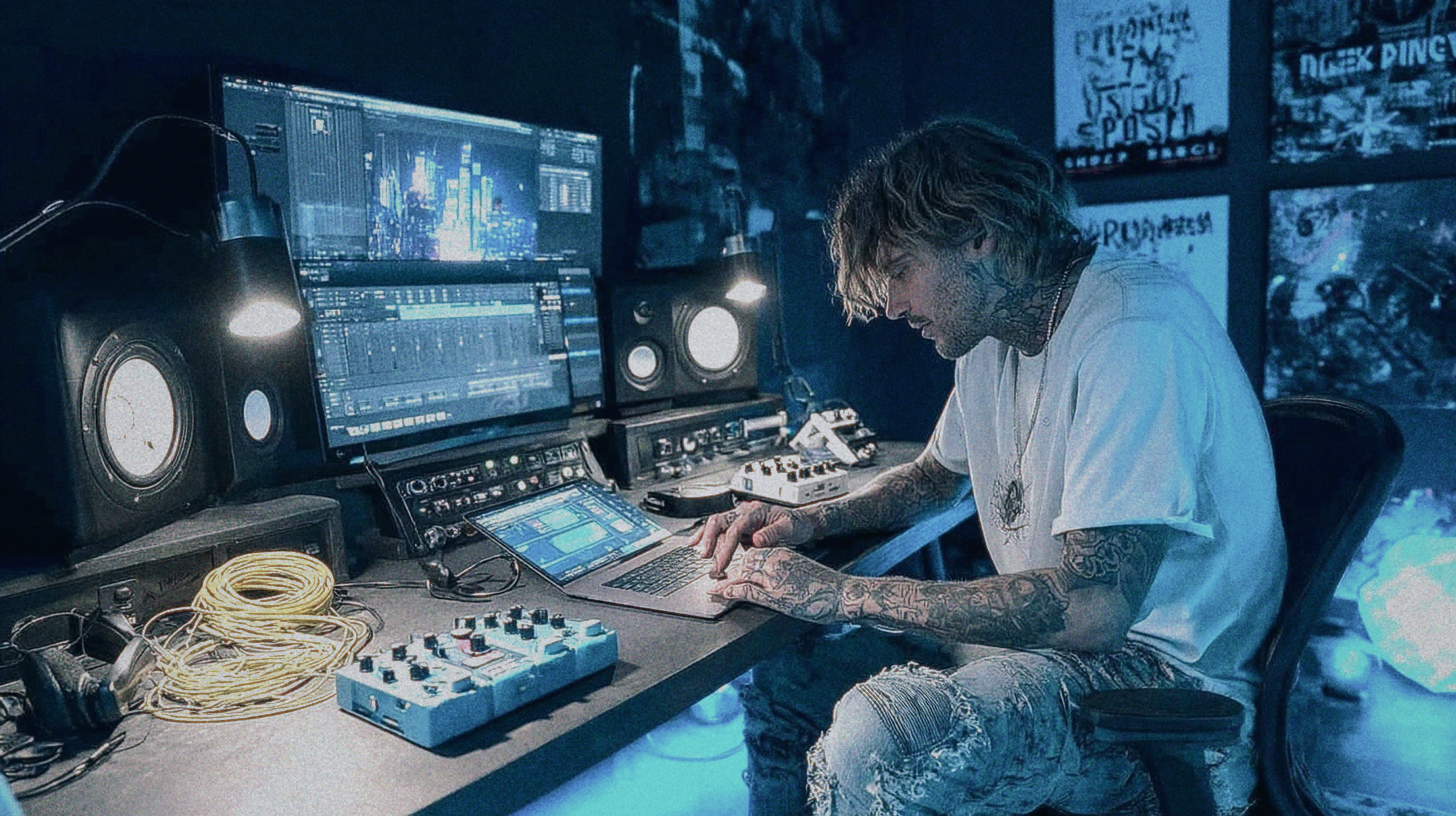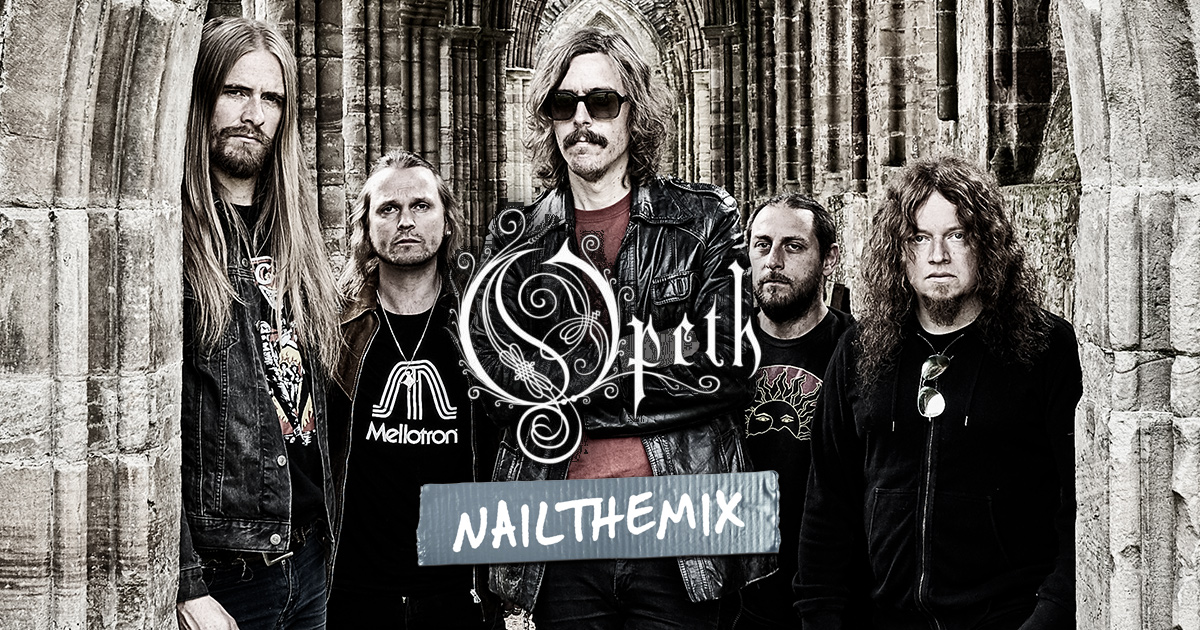
What Is Bit Depth and Why It Matters for Your Mix
Nail The Mix Staff
You’ve been there. You record a quiet, moody clean guitar intro or a delicate vocal harmony. It sounds great, but it’s way too low in the mix. So you grab the fader or a gain plugin and crank it. Suddenly… HIIISSSSSSS. A layer of digital noise that wasn’t there before is now ruining your pristine take.
What went wrong? Chances are, you’re face-to-face with the ugly side of the wrong bit depth.
This is one of those technical settings, along with sample rate, that you probably chose when you first set up a session in Reaper, Pro Tools, or Logic Pro and then never thought about again. But understanding what bit depth is and how to use it right is a fundamental part of getting a professional, clean, and punchy metal mix. It’s the difference between a mix that sounds deep and polished and one that sounds like a cheap demo.
Let’s break down what it is, why it matters, and how to set it up so you never have to deal with that nasty hiss again.
So, What Is Bit Depth, Anyway?
In short, bit depth determines the dynamic range of your audio. Think of it like the resolution of a digital photograph, but for volume instead of pixels.
The Quick and Dirty: It's All About Volume Levels
Every time your audio interface converts an analog signal (like your guitar or voice) into digital information, it has to measure the voltage of that signal thousands of time per second. Bit depth determines how many possible values it can use to describe the volume (amplitude) at each one of those moments.
- 16-bit audio: Has 65,536 possible volume levels.
- 24-bit audio: Has 16,777,216 possible volume levels.
That’s a massive difference. It's like having a ruler with only 16 markings versus a ruler with over 16 million. Which one do you think is going to give you a more accurate measurement?
The Math (Without the Headache)
In practical terms, each "bit" gives you about 6 dB of dynamic range.
- 16-bit: 16 x 6 = 96 dB of dynamic range.
- 24-bit: 24 x 6 = 144 dB of dynamic range.
"Dynamic range" here is the space between the absolute quietest sound you can capture and the absolute loudest sound before it clips (0 dBFS). The key takeaway is this: the bottom of that range is the noise floor.
The Real-World Impact: 24-Bit vs. 16-Bit in Your DAW
This is where it gets interesting for us as producers. That massive difference in dynamic range directly affects how we work and the quality we can achieve.
The Noise Floor: Your Worst Enemy When Gain Staging
In a 16-bit session, the noise floor sits at -96 dBFS. That might seem low, but in a dense metal mix with dozens of tracks, it adds up. Remember that scenario from the beginning? When you record a quiet signal in 16-bit, its level might only be sitting at, say, -40 dBFS. To make it audible, you have to turn it up by 20-30 dB. In doing so, you’re also raising that -96 dBFS noise floor by the same amount, making it audible hiss.
Now, look at 24-bit. With a noise floor way down at -144 dBFS, it is, for all practical purposes, completely silent. You can record that same quiet part at -40 dBFS, crank it by 30 dB, and you still won't hear any digital noise. The noise from your amp, cables, or the room itself will be a factor long before the digital noise floor is.
This is a lifesaver for modern metal, which relies heavily on dynamics—from whisper-quiet ambient sections to earth-shattering breakdowns.
More Headroom = Better Mixing Decisions
Because you don't have to worry about the noise floor in a 24-bit session, you don’t need to record your signals super hot to get a clean sound. This is a game-changer for gain staging.
Instead of pushing your preamps to get signals peaking near 0 dBFS, you can comfortably aim for peaks around -18 dBFS to -12 dBFS. This leaves you with tons of headroom.
Why is headroom so important?
- No Digital Clipping: You avoid nasty, unfixable digital distortion on your raw tracks.
- Plugins Sound Better: Many plugins, especially analog emulations like the Slate Digital VMR or UAD’s API 2500 compressor, are designed to work best with signals hitting them at around -18 dBFS. Slamming them with a hot signal can cause unwanted distortion and make them react unpredictably. Proper headroom lets your tools do their job properly. For more on this, check out our guide to metal compression secrets beyond just making it loud.
What About 32-Bit Float? The Future Is Now
You might have seen an option for "32-bit float" in your DAW's project settings. This isn't for recording (your interface's converters are almost certainly 24-bit max), but for internal processing. And it’s awesome.
Unclippable Audio? Kind Of.
32-bit float gives your DAW’s mixing engine a practically infinite amount of headroom. The magic is this: if a track or plugin clips inside your DAW, you haven't actually destroyed the audio.
Here’s a common example: You’ve got a killer snare sample, and you slam it with a compressor like the Waves CLA-76 to get that aggressive crack. The channel fader is lighting up red—it’s clipping. In a fixed-point system, that audio information is gone forever.
In a 32-bit float environment, you can simply pull the channel fader down or add a trim plugin after the compressor, and the waveform is perfectly restored. No clipping, no distortion. It’s like a massive safety net for your entire mix. Most modern DAWs like Reaper, Logic Pro X, and Pro Tools use 32-bit float processing by default, but it’s always good to check your project settings.
Actionable Takeaways: Setting Up Your Session Right
So, let's put this all into practice. No more guesswork.
Your Go-To Project Settings
- Recording Bit Depth: 24-bit. Always. There is no good reason to use 16-bit for recording in 2023. Storage is cheap, and the quality difference is undeniable.
- DAW Internal Processing: Set this to 32-bit float (or 64-bit float if your DAW offers it). This gives you that incredible mixing headroom and protects you from internal clipping.
- Sample Rate: While a different topic, 44.1kHz or 48kHz is the professional standard and works great for most applications. Getting your bit depth right will have a more noticeable impact on your mix quality than jumping to 96kHz.
How This Affects Your EQ and Compression
Working in a 24-bit/32-bit float world means you can mix with more confidence. You have the clean foundation and the headroom to make bold moves without things falling apart.
When you use a surgical EQ like the FabFilter Pro-Q 3 to carve out mud or add a big high-shelf boost for air, you don’t have to stress about clipping the next plugin in the chain. This freedom is essential for the precise, powerful moves needed in a modern metal mix. Want to dive deeper into those moves? We have a whole hub on EQ strategies for mixing modern metal.
This is the bedrock of a professional mix. It's not about a magic plugin; it’s about leveraging technical fundamentals to create a deep, wide, and clean canvas for you to get creative on.
Understanding bit depth is a crucial step. But seeing how a top-tier producer actually manages gain structure, headroom, and processing across a 150-track session from a band like Gojira or Periphery is a whole other level of learning. This is exactly what we do at Nail The Mix. You get the actual multitracks from massive metal records and watch the original producer mix it from scratch, explaining every technical and creative decision they make.
Stop fighting with your DAW and start making the music you want to hear. See how the pros build their mixes from the ground up.
Get a new set of multi-tracks every month from a world-class artist, a livestream with the producer who mixed it, 100+ tutorials, our exclusive plugins and more
Get Started for $1





